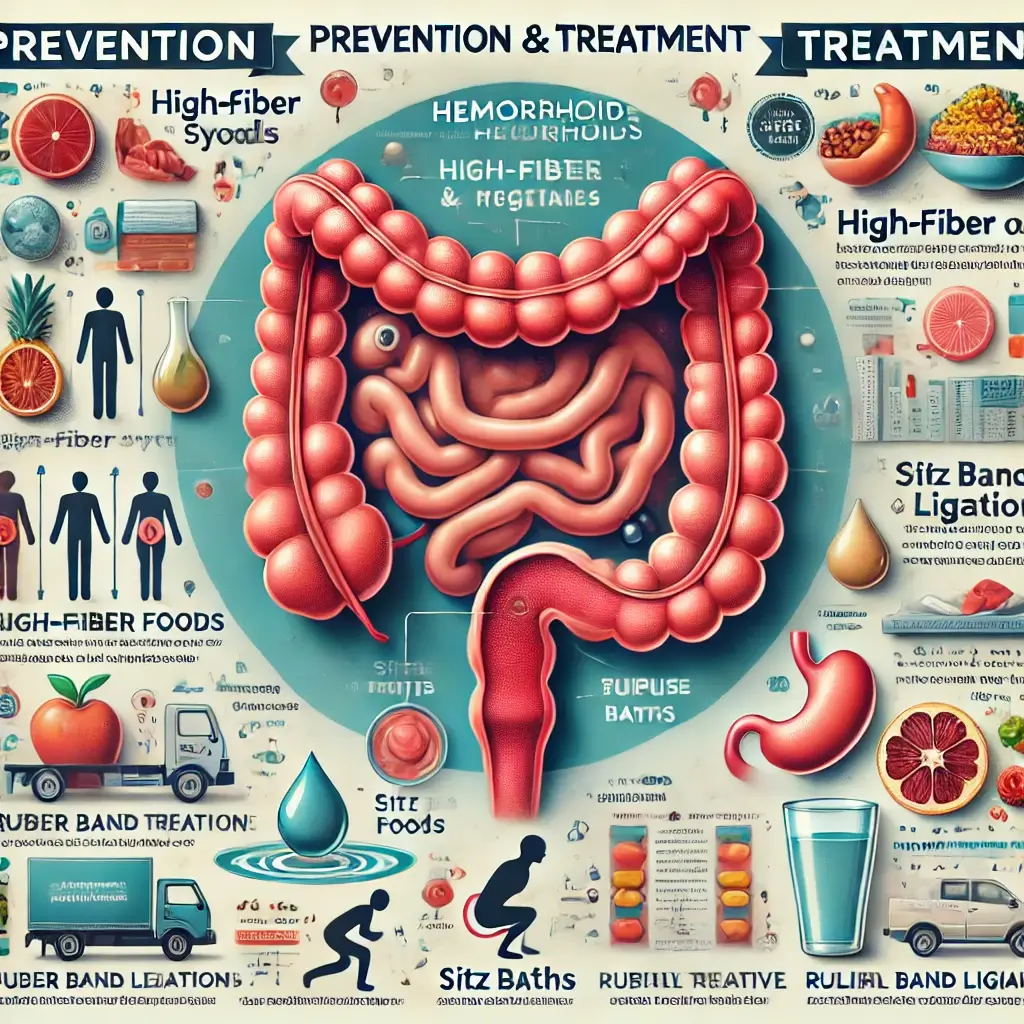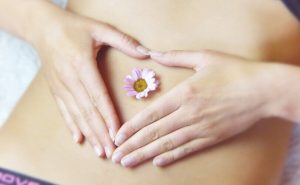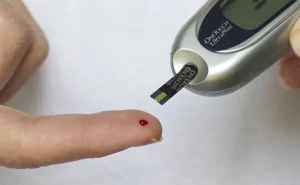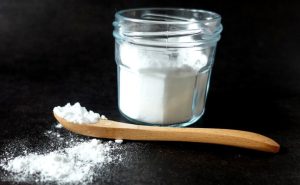Understanding Hemorrhoids: Prevention, Treatment, and Expert Solutions for Better Health
Understanding Hemorrhoids and Their Impact
Hemorrhoids, commonly known as piles, are a widespread condition affecting millions globally. Characterized by swollen veins in the rectal or anal regions, they can lead to symptoms such as pain, itching, and bleeding during bowel movements. While hemorrhoids are rarely life-threatening, they can significantly disrupt daily life, particularly when left untreated.
Root Causes and Risk Factors
The causes of hemorrhoids are multifaceted, ranging from poor dietary habits to prolonged sitting, chronic constipation, pregnancy, and aging. While some individuals are genetically predisposed to developing hemorrhoids, the majority of cases result from lifestyle factors. Fortunately, hemorrhoids are both preventable and treatable with the right knowledge and approach.
Guide Purpose and Overview
This guide aims to empower readers with insights into the causes of hemorrhoids, evidence-based prevention methods, and modern treatment options. Whether you’re dealing with mild symptoms or aiming to prevent future occurrences, understanding the interplay of diet, exercise, and medical care is key to maintaining optimal digestive health.
Role of Dietary Fiber in Prevention
Dietary fiber is a cornerstone of hemorrhoid prevention. High-fiber foods, including fruits, vegetables, whole grains, and legumes, help to soften stool and promote regular bowel movements. Studies show that individuals with a high-fiber diet are less likely to strain during bowel movements, reducing the pressure on rectal veins (Alonso-Coello et al., 2006).
Practical Fiber Implementation
Incorporate at least 25–38 grams of fiber daily, depending on gender and activity level (Academy of Nutrition and Dietetics, 2021). Choose whole-grain products over refined alternatives. Add high-fiber snacks like nuts, seeds, and fresh fruit to your diet.
Importance of Hydration
Adequate hydration complements the effects of dietary fiber by softening stools and facilitating easier bowel movements. Aim for 8–10 glasses of water daily, and consider increasing intake during hot weather or physical activity.
Exercise and Movement
A sedentary lifestyle is a significant risk factor for hemorrhoids. Engaging in regular exercise, such as walking, swimming, or yoga, improves overall gut motility and reduces the likelihood of constipation.
Proper Bathroom Practices
Delayed bowel movements often lead to harder stools and increased straining. Respond promptly to the urge to defecate, and avoid sitting on the toilet for extended periods. For optimal positioning, consider using a small stool to elevate your feet and straighten the rectal angle.
Home-Based Solutions
Home-based treatments are often effective for managing mild hemorrhoids. Sitz baths in warm water for 10-15 minutes reduces inflammation and soothes irritation. Over-the-counter creams containing hydrocortisone or witch hazel can alleviate itching and swelling. Cold compresses help reduce swelling and provide temporary pain relief.
Professional Medical Interventions
For persistent or more severe hemorrhoids, healthcare providers may recommend minimally invasive treatments like rubber band ligation, where a rubber band is placed around the base of the hemorrhoid, cutting off blood supply and causing it to shrink and fall off within days (Riss et al., 2012). Sclerotherapy involves injecting a chemical solution, while infrared coagulation uses heat treatment.
Advanced Surgical Solutions
When less invasive methods fail, surgery may be necessary. Hemorrhoidectomy involves complete removal of hemorrhoids, often reserved for severe cases, provides long-term relief but requires a longer recovery time. Stapled hemorrhoidopexy repositions prolapsed hemorrhoidal tissue and reduces blood flow, leading to shrinkage.
Early Treatment Benefits
Ignoring hemorrhoid symptoms can lead to complications, such as thrombosis or infection. Additionally, rectal bleeding as a symptom of hemorrhoids may indicate other conditions, including colorectal cancer. Timely consultation with a healthcare provider ensures accurate diagnosis and appropriate treatment.
Final Insights and Recommendations
Hemorrhoids are a common but manageable condition. By adopting preventive measures such as a fiber-rich diet, adequate hydration, regular exercise, and healthy bathroom habits, you can significantly reduce your risk. For those already experiencing symptoms, a wide range of treatments—from home remedies to advanced medical procedures—offers relief and recovery.
Long-term Health Management
Understanding the connection between lifestyle choices and digestive health is crucial for long-term prevention. With the right strategies and timely medical care for hemorrhoid management, you can take control of your hemorrhoid health and improve your overall quality of life.
References
Alonso-Coello, P., Zhou, Q., Martinez-Zapata, M. J., Mills, E., Heels-Ansdell, D., Johanson, J. F., & Guyatt, G. (2006). Meta-analysis of dietary fiber treatment for symptomatic hemorrhoids. American Journal of Gastroenterology, 101(1), 181–188.
Riss, S., Weiser, F. A., Schwameis, K., Riss, T., Mittlböck, M., & Stift, A. (2012). The prevalence of hemorrhoids in adults. International Journal of Colorectal Disease, 27(1), 73–81.
Academy of Nutrition and Dietetics. (2021). Fiber: The body’s natural cleanser. Retrieved from www.eatright.org.













